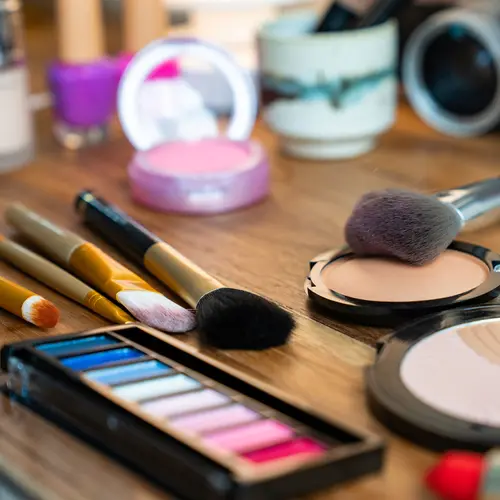There are many different approaches to accepting your body. You might have heard of “body positivity” or “body love” -- movements that encourage you to celebrate and love your body. While negative self-image is draining, “loving your body” all the time might get to be too much for some people, too.
That’s where “body neutrality” comes in. The term, which first surfaced around 2015, offers a middle ground where it challenges you to shift your perspective and learn to accept your body for what it can do.
What Is Body Neutrality?
Body neutrality is simply the act of taking a neutral stance toward your body – both emotionally and physically. That means not supporting the hatred towards your body’s “limitations” or investing time and energy to love it either. You can simply be at peace with your body.
No matter your shape, size, color, gender, physical ability, or capability, the goal of body neutrality is to help you accept your body as a physical vessel and a small part of who you are rather than focus on what it looks like.
Basically, based on your ability, your body performs several different functions and allows you to live your life through it. Body neutrality asks you to give less importance to day-to-day bodily changes that happen naturally over time such as aging, pregnancy, or menopause.
Body neutrality can also help address the stigma and dissatisfaction that is placed on body weight like “too fat” or “too skinny.” A neutral stance could help you judge yourself and others less, too.
Focusing on how the body functions can help get rid of myths and polarizing messages around physical appearance such as being fat does not equal unhealthy, lazy, or undisciplined, or that to appear thin equals healthy.
It’s also an inclusive approach that recognizes all different types of bodies including people with disabilities and trans people.
Body Neutrality vs. Body Positivity
Body positivity is largely a social movement that challenges people to question the concept of beauty, and health, especially in relation to the body and how it looks.
It pushes back on body shaming, unrealistic beauty standards, diet culture, and body ideals, and advocates that your self-worth and inner value shouldn’t be tied to looking a certain way.
In the same vein, body positivity encourages you to love, adore, and feel empowered in your body no matter what it looks like or any physical limitations you might have.
But the movement does have its critics. Some say it can lead to “toxic positivity” wherein it’s unrealistic to love or adore the body unconditionally at all times. It might also make you hide or suppress your true feelings. If you don’t feel that way, it might put you in a place to blame your “negative mindset” for it.
Body neutrality, on the other hand, doesn’t mean you shouldn’t care or love what your body looks or feels like. Instead, it takes up the space between self-hate and self-love.
It gives you a template to reject labels of any kind, and just accept and respect your body for what it does to physically and emotionally serve your day-to-day needs.
Being neutral about your body can also give you the opportunity and mind space to cut out the chaotic chatter in your head. This might allow you to dig deep and ask yourself about what triggers your ideals about body image or self-worth.
But critics note that it’s possible for the body neutrality approach to also lead to a more negative body image or self-talk, or to suppress your true inner feelings about your body, especially if you’re putting in the effort to “tolerate” your body.
How to Take Steps Toward Body Neutrality
To get started, you can:
- Make peace with your body, step away from any negative or positive talk, and give yourself the space to simply exist.
- Try body-neutral affirmations about how your body serves your needs. You can write it down or say it out loud to yourself.
- Find neutral phrases to counter any negative self-talk you might catch yourself doing. This can be as simple as “my body helps me grow a human from scratch,” or “my arms allow me to hug others or give them a high-five.”
- Focus on your bodily strengths such as unique talents or compliments others have given you.
- Cut out or block any negative self-talk or overtly positive body talk you might come across on your social media that might trigger you to feel bad or compare yourself.
- Stop or wean off any diets you might be on. Learn to eat intuitively instead. This means eating when you’re hungry and stopping when you feel full.
- Choose foods you enjoy or find easy to digest.
- Wear clothes that make you feel comfortable.
- Exercise for overall mental and physical health rather than to lose weight or look a certain way.
- Stay away from commenting on or judging other people’s bodies.
At the end of the day, how you choose to look and live inside your body comes down to personal preference and finding what works best for you.
If you’re finding it difficult to steer away from a negative self-image or feel low, depressed, or anxious about your body, or think you have an eating disorder, don’t hesitate to reach out to a certified mental health professional such as a therapist or counselor.
If you need help with your diet or your eating habits, a dietitian or nutritionist could help you figure out a plan that’s right for your body and needs.

